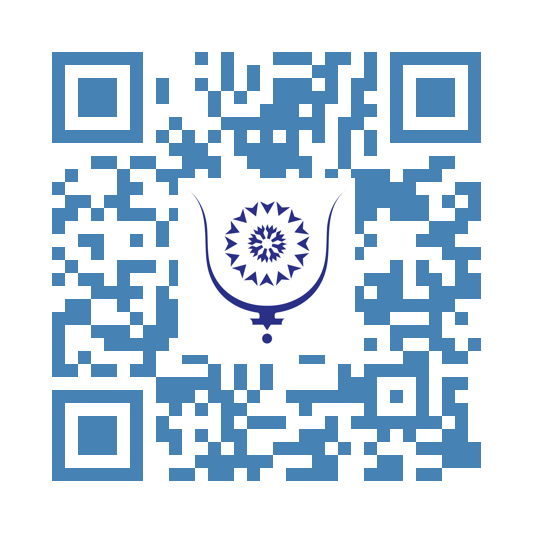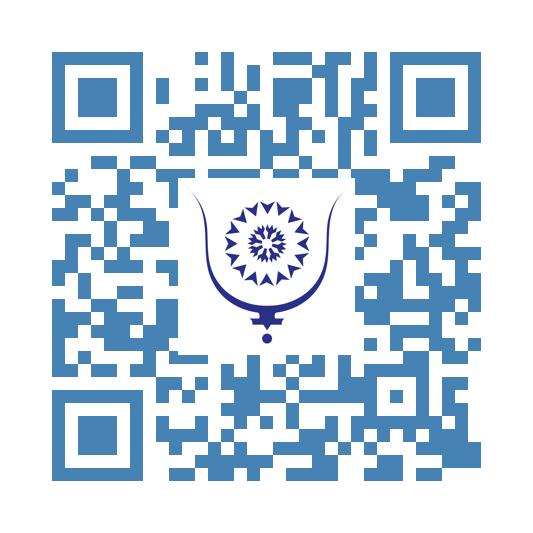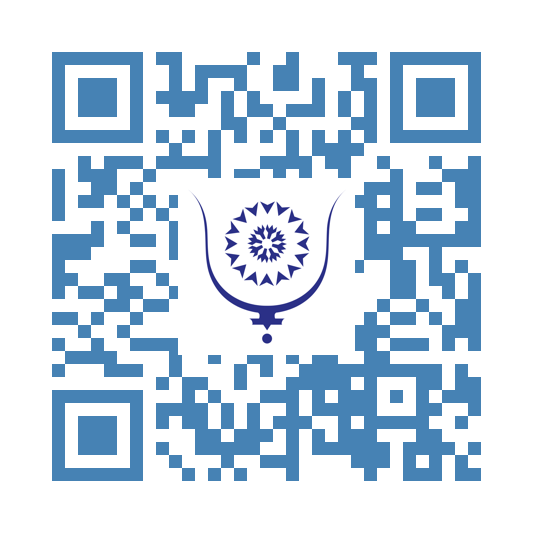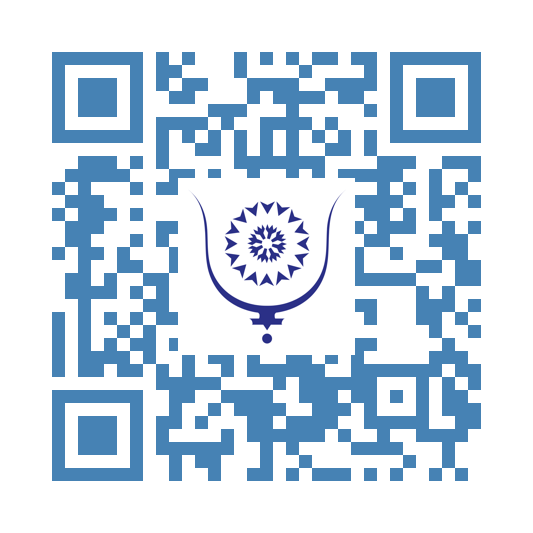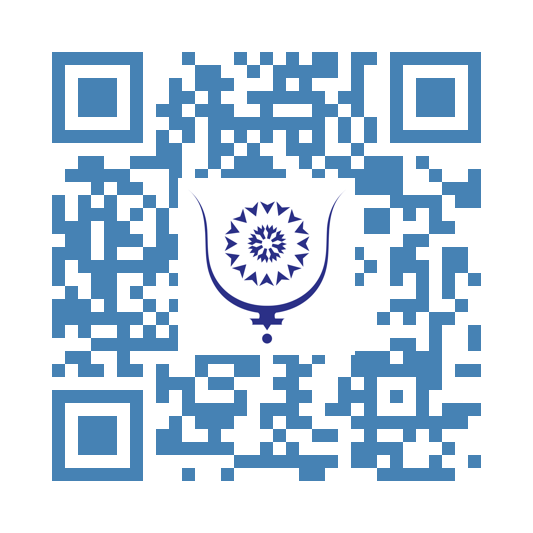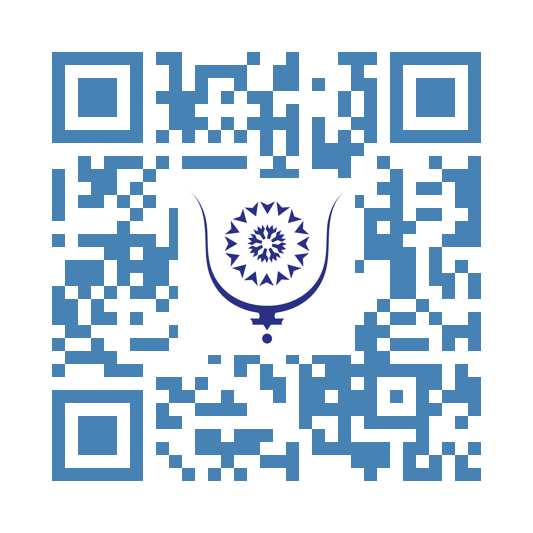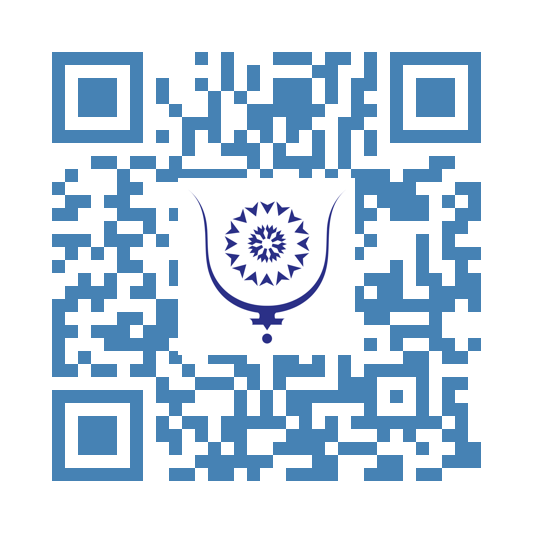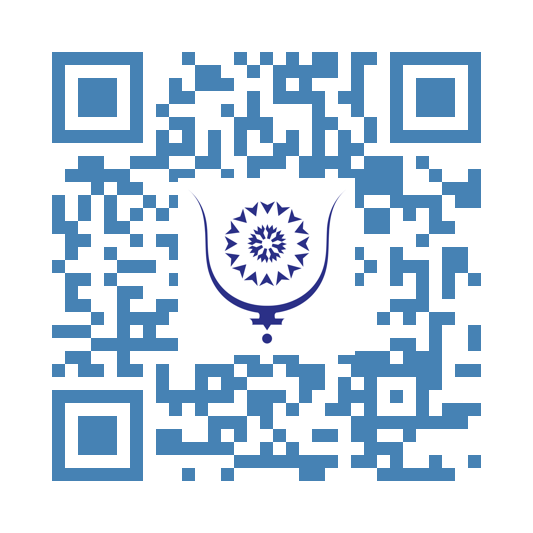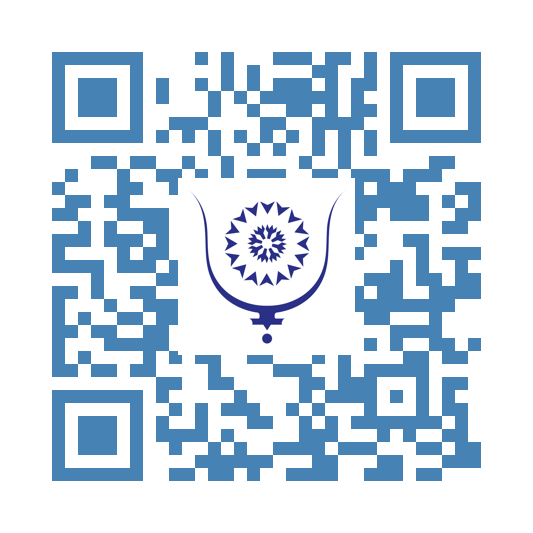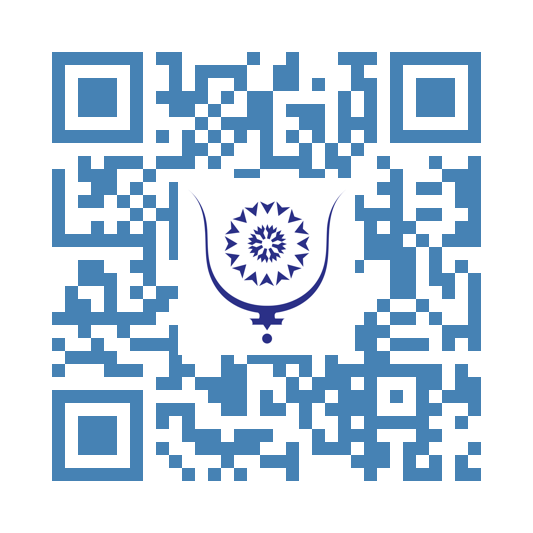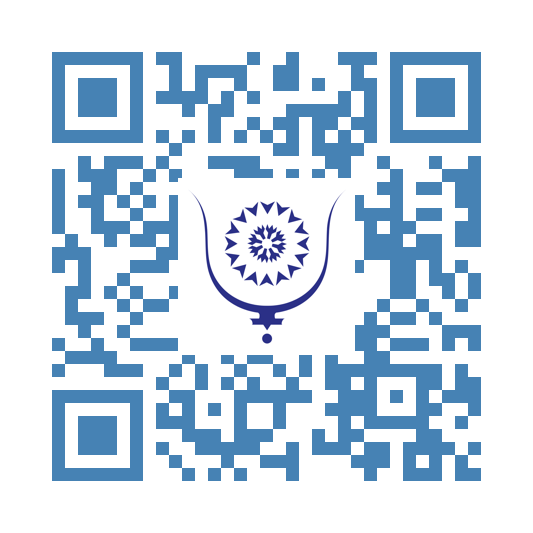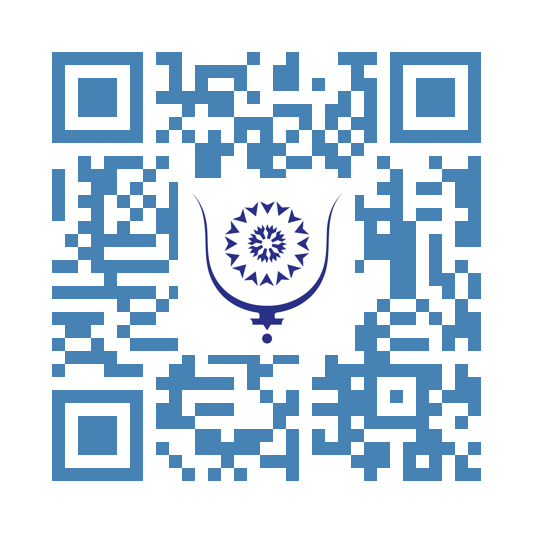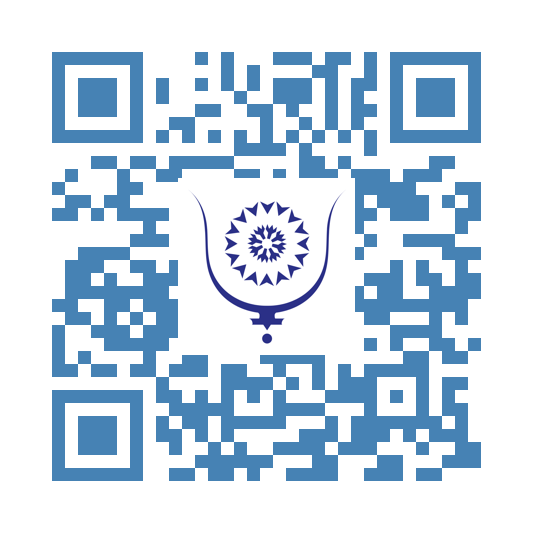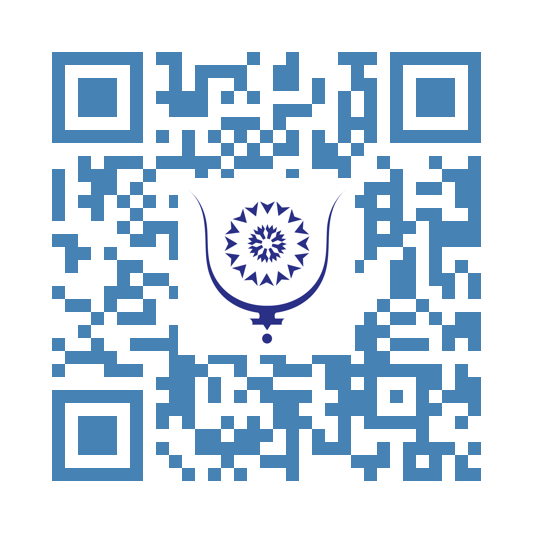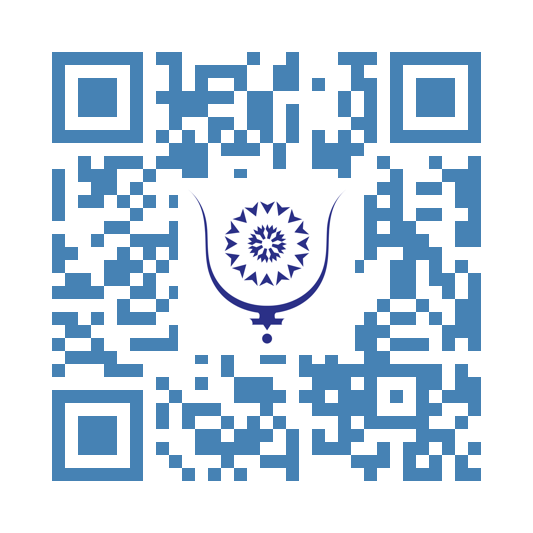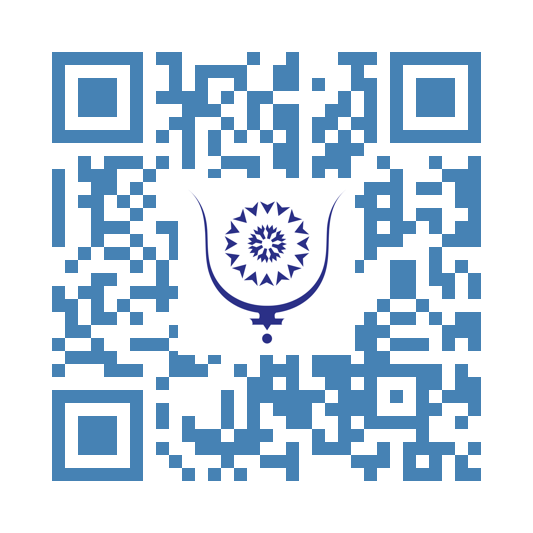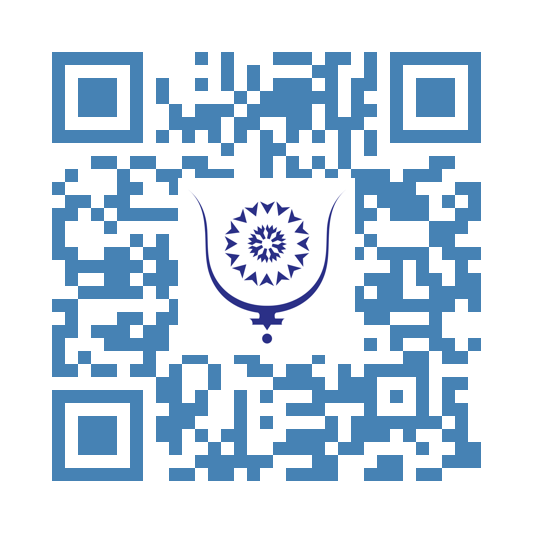AFCON 2025: The Return of a Forgotten African Memory... Lumumba from the Stands: The Symbolic Star... 277
Regardless of the outcome of the 2025 Africa Cup of Nations, whoever the winner, top scorer, goalkeeper, or best player may be, one certainty stands out: the true symbolic star of this competition is Congolese. Not due to exceptional football talent, but through a powerful historical and political reminder: the reincarnation, through gesture and attitude, of Patrice Émery Lumumba.
In a tournament dominated by statistics, trophies, and records, one event emerged, upending conventional narratives. It was neither a decisive goal nor a spectacular save, but a symbolic act linking contemporary African football to a tragic page in the continent's history.
At the heart of this scene: Michel Kuka Mboladinga, a supporter of the DR Congo, nicknamed "Lumumba" in the stands of Moulay El Hassan Stadium. Dressed meticulously, with a studied hairstyle and glasses, he followed his country's matches standing, motionless, right hand raised toward the sky, gaze fixed ahead, a near-statuary silhouette.
This silent ritual, repeated match after match, transcended the folklore of the stands to embody dignity, steadfastness, and resistance. Even the CAF acknowledged it: its president met with Michel Kuka, affirming the reach of this "Lumumba" from the stands.
At first, few understood, including some sports commentators. Some called it an original celebration, others a provocation or viral eccentricity. This misunderstanding reveals a deeper reality: for today's youth, 20th-century political memory fades behind the media flood. Patrice Lumumba, absent from the collective imagination, survives among historians and militants; for many, his name remains abstract.
Assassinated on January 17, 1961, after serving as the first Prime Minister of independent Congo (June 30, 1960), Lumumba embodies the anti-colonial struggle. His disappearance, amid the Cold War and covetousness over Congolese riches, robbed Africa of a sovereign voice. On January 17, 1961, he was arrested; his mutilated body dissolved to erase even his physical trace. Marginalized since by dominant narratives and rewritten textbooks, he in fact terrified Westerners and other colonial powers, fearing his intransigence. The speech he delivered before the King of the Belgians sealed his death warrant.
Recalling Lumumba at AFCON 2025 in Morocco takes on particular significance. In August 1960, shortly after Congolese independence, he visited as Prime Minister, saluting the Kingdom and its support for African independences under the late Mohammed V. Morocco at the time hosted African liberation movements and advocated, alongside committed partners, for continental unity against interferences and for genuine sovereignty.
By embodying Lumumba, Michel Kuka transformed football into a space of memory and transmission. The stadium became an agora: an upright body, assumed silence, a raised hand resurrected history. This gesture delivers a brutal reminder: Africa has its martyrs, thinkers, and unfinished leaders. Sometimes, a single supporter suffices to revive a buried memory.
In this context, the gesture of Algerian player Mohammed Amoura deserves mention, alas. During a celebration after his team's qualification for the quarter-finals, he mimicked Kuka's posture then collapsed in a mocking and inappropriate gesture, sparking criticism and more on social media. Ridiculing Lumumba, even out of ignorance, offends his memory and the ideal of an unsubmissive Africa. Baseness reaches its peak, moral poverty its paroxysm. The continent is today scandalized. This betrays a glaring educational void: sport here, alas through this ignoble act, tolerates frivolity where it should uphold minimal historical awareness and values of respect. A footballer must have at least basic education or refrain from gesturing when he doesn't grasp the codes or embody the values of sport and fair play.
The height of it is that on nearly all Algerian channels, this poor footballer's attitude is glorified and reported with tasteless jeers and mockery. The true incarnation of media from another world.
We cannot demand that African football found unity, be educational and elevate people, while allowing the symbols of African emancipation to be mocked. This schizophrenia manifestly reveals, images in evidence, the cultural and civic collapse of an entire people. Gutter press cannot elevate a people; on the contrary, it sinks it into pettiness, mediocrity, and accelerates its downfall.
The footballer apologized under pressure, but that will not suffice. The damage is done.
AFCON 2025 in the Kingdom of Morocco will likely be etched in memory for its quality and sporting feats. But thanks to a lucid Congolese supporter and a respectful, educated Moroccan public, it offers a lesson in memory: Lumumba bursts into the present, reminding us that we cannot project forward without owning our past. In a post-1961 continent, this gesture was vital. Heroes die only if we stop embodying them, in stadiums as elsewhere.
On Moroccan soil where Lumumba in 1960 championed a free Africa, his shadow is reborn, borne by a supporter. Packed stadium, cameras trained, millions of eyes: his memory still guides consciences.

